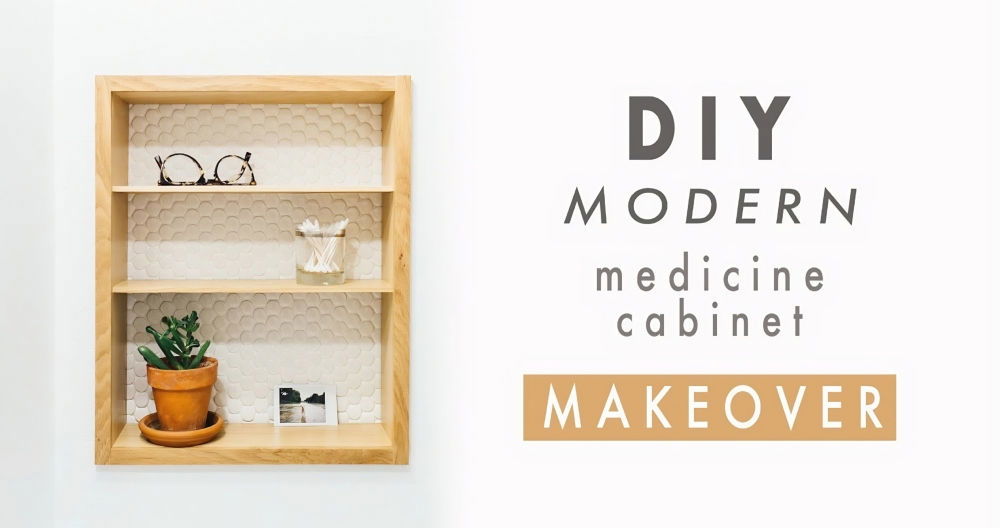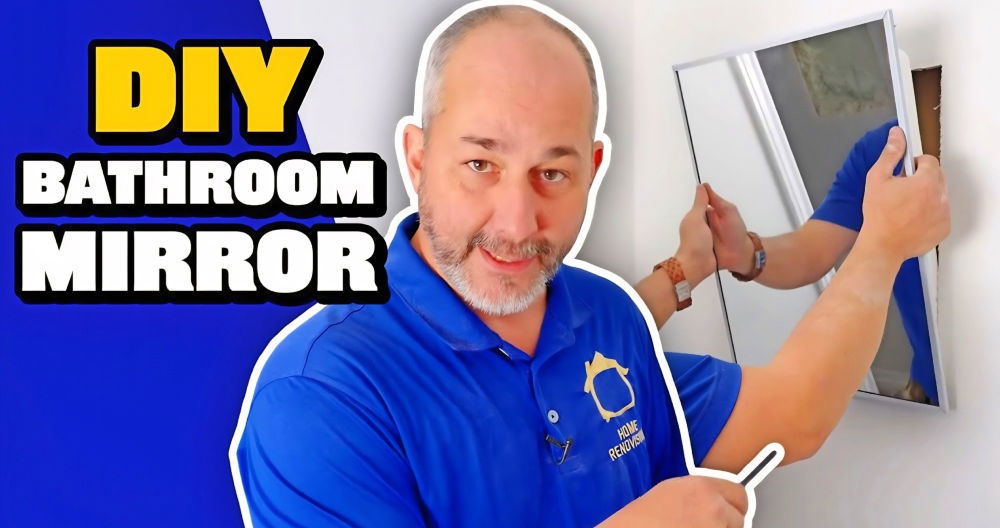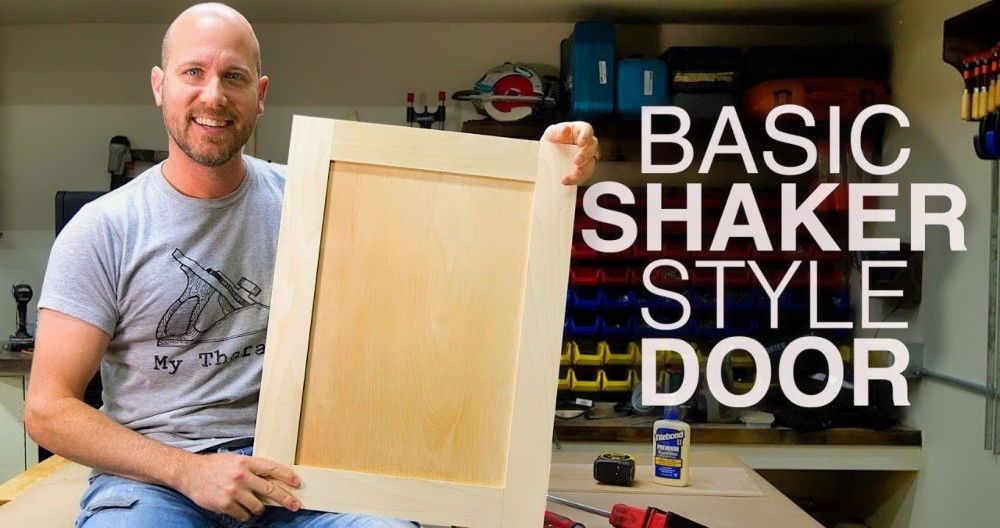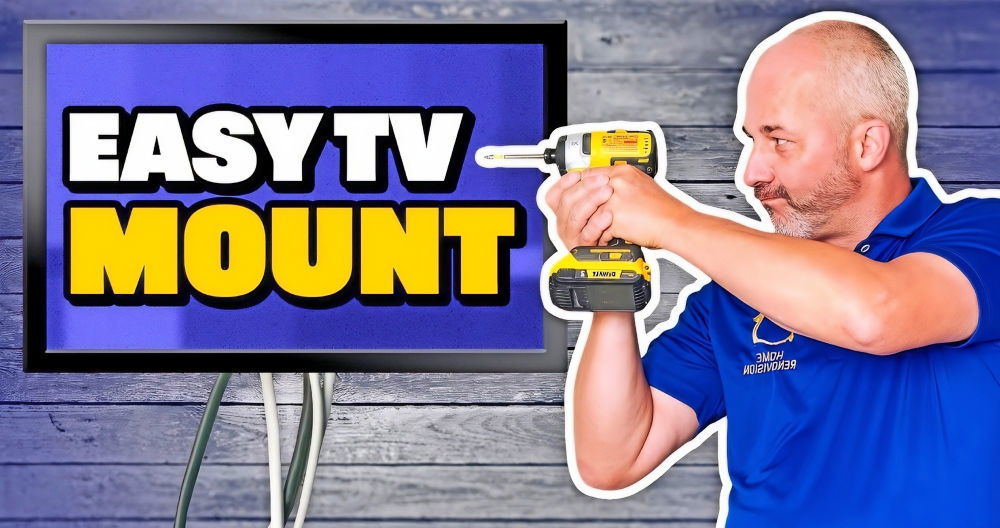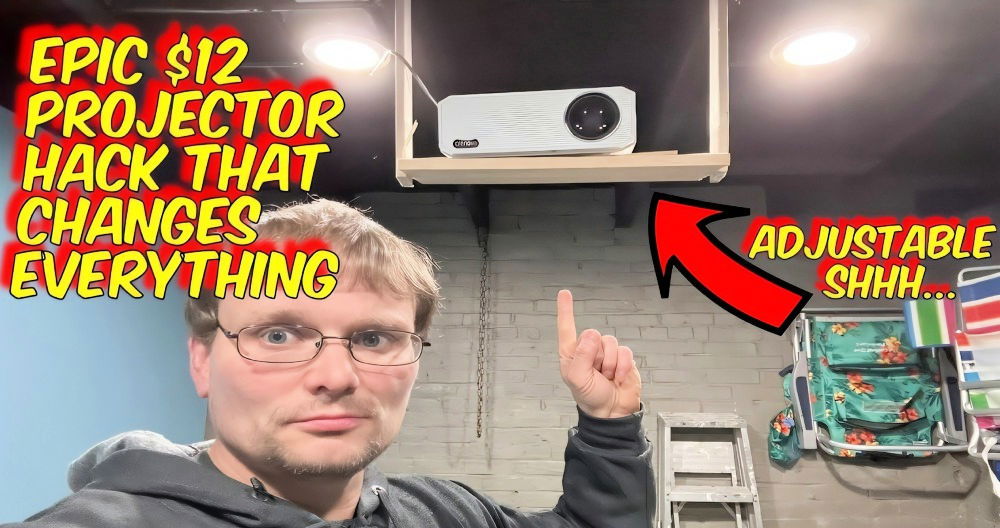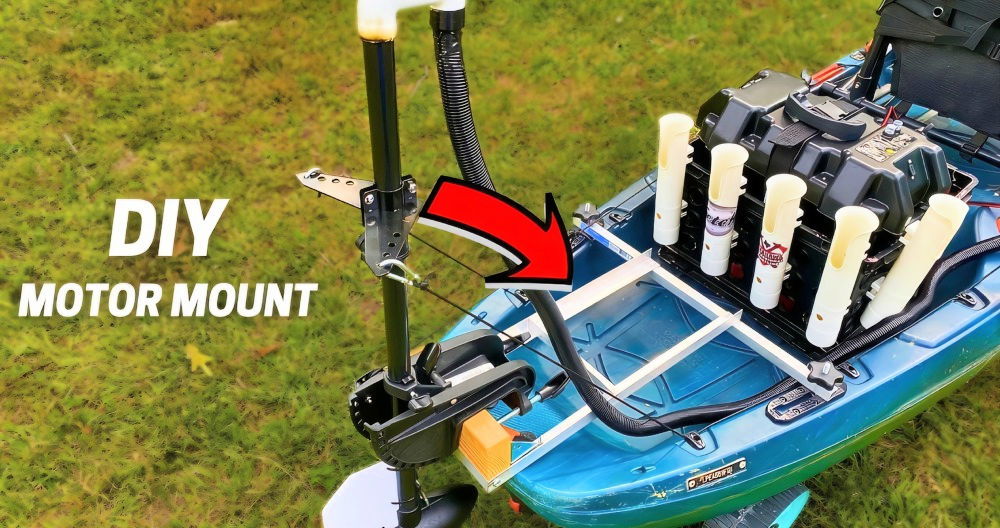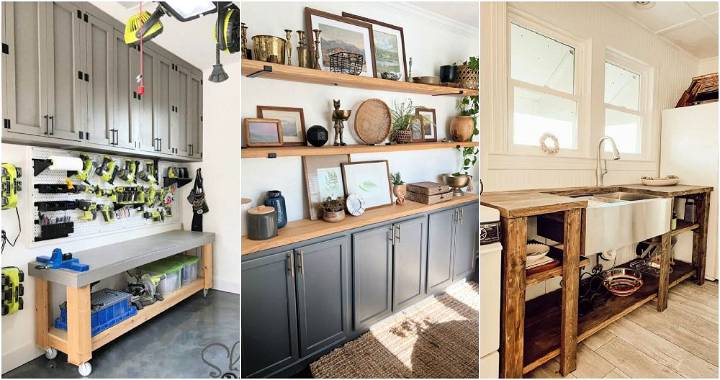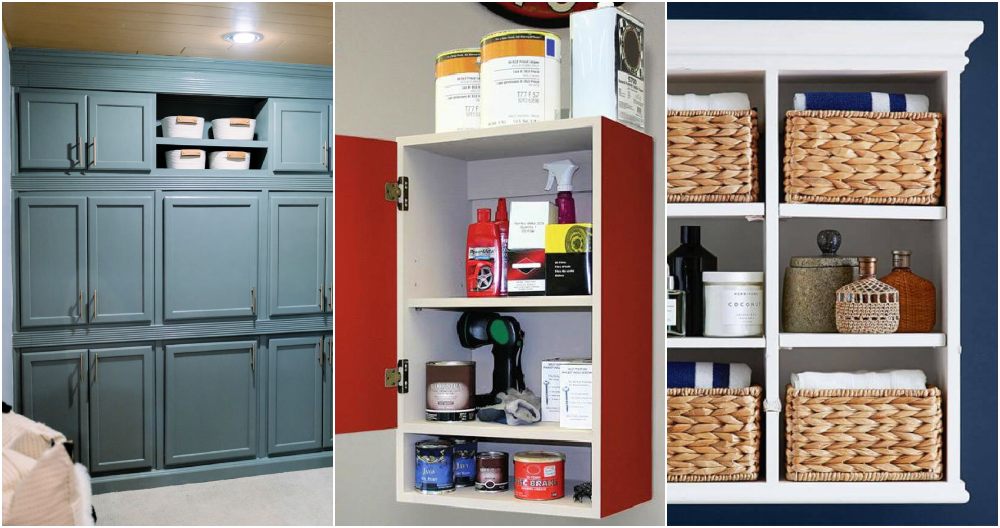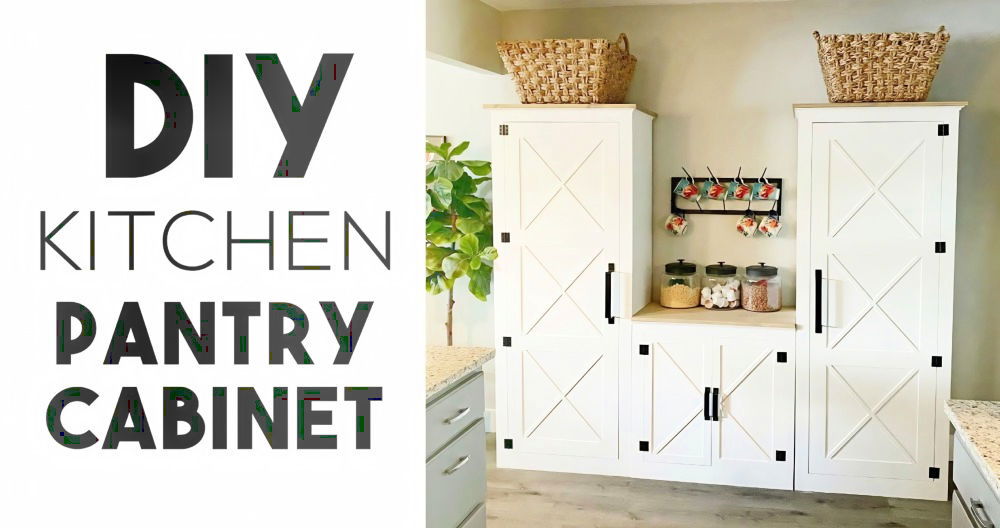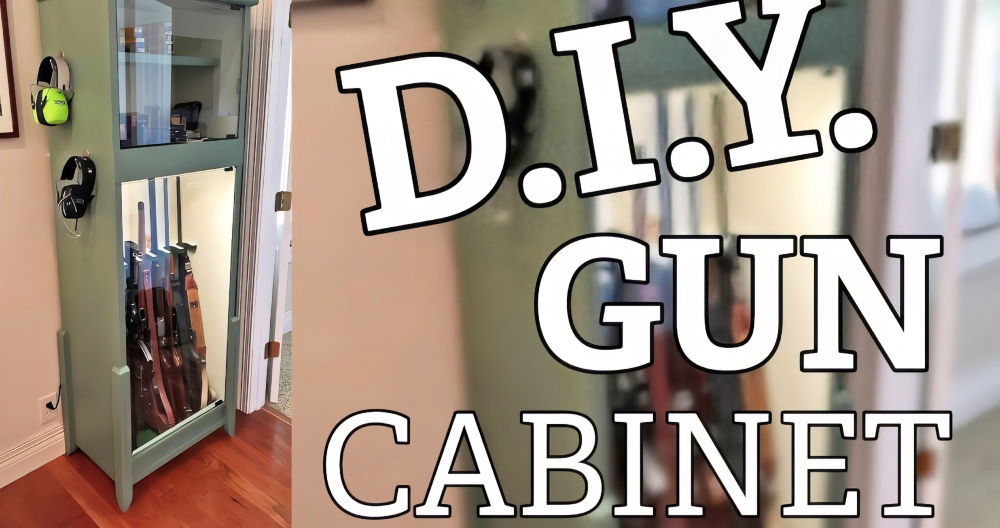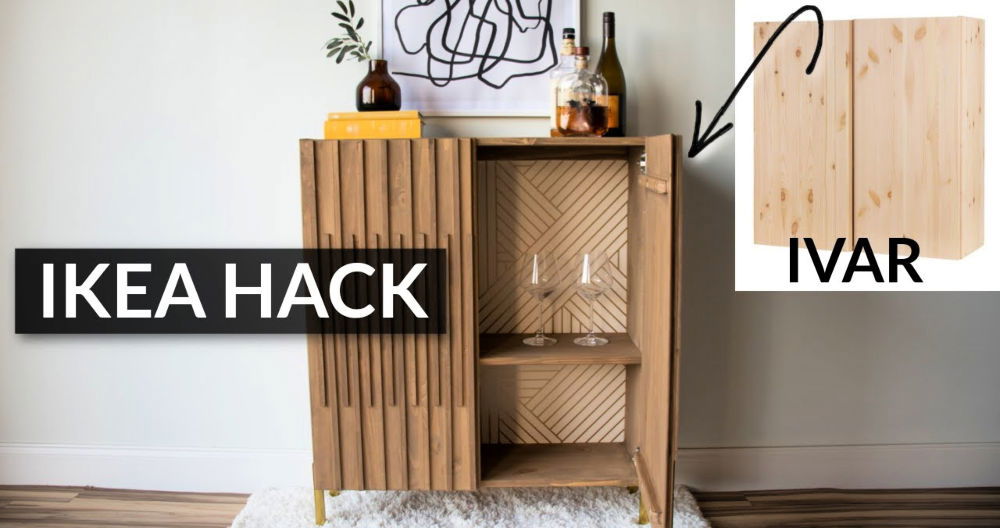When it comes to mounting a medicine cabinet in a bathroom, it’s not uncommon to run into some unexpected issues, especially if you're new to DIY projects. In the case described, the user faced a problem where the bottom two anchor bolts for the medicine cabinet went in without any issues, but the top two bolts encountered resistance. This can be a common challenge and is often due to the structure of the wall behind where you are trying to install the cabinet. Let's break down the steps and considerations to troubleshoot and solve this issue effectively.
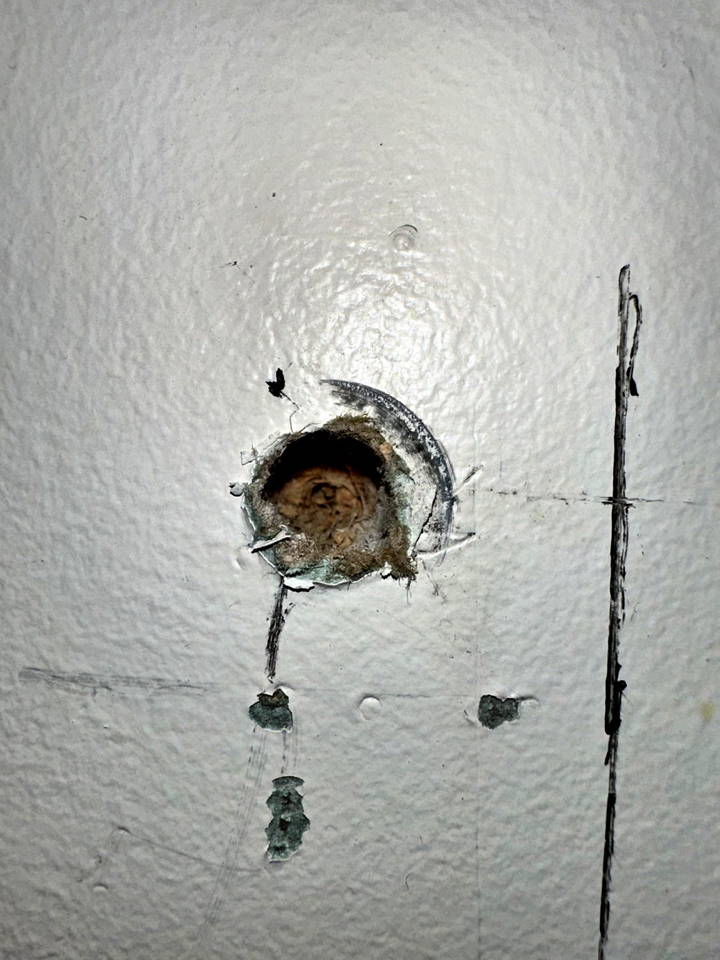
Understanding the Problem: Encountering Resistance When Drilling
The scenario provided indicates that while drilling the top holes for mounting, the user encountered resistance. The bottom anchors went in smoothly, suggesting that there is no obstruction in that part of the wall. However, when resistance is felt while drilling or screwing into a wall, it typically points to the presence of a stud, a crossbrace, or some other obstruction inside the wall.
Step-by-Step Approach to Diagnosing the Issue
Check for Studs or Crossbraces:
- The most common reason for resistance is hitting a stud (the vertical wooden beams that support walls) or a crossbrace (a horizontal support, often used in construction to provide additional strength). Use a stud finder to double-check for studs around the area where you are drilling. Sometimes, especially in older homes or near doorways and windows, stud placement can be irregular.
Confirm the Type of Obstruction:
- If you have verified that it is not a stud and the resistance persists, it could be a crossbrace. Crossbraces are less common but can be found higher up on the wall. It is crucial to know what you're dealing with to choose the correct mounting method.
Decide How to Proceed with Mounting:
- If you hit a crossbrace or stud, you can actually screw directly into it without using an anchor. Anchors are used for hollow sections of drywall to provide support where there is no stud. However, if you are mounting directly into a stud or crossbrace, the screw alone will provide adequate support.
Adjust the Hole Size If Needed:
- If you've already drilled a larger hole for an anchor and discovered you have hit a stud or crossbrace, you may need to fill the hole with a suitable filler and drill a new, smaller pilot hole for the screw.
Tips for Successful Medicine Cabinet Mounting
- Use the Right Anchors: For drywall, ensure you use the appropriate size and type of anchor for the weight of the medicine cabinet. Plastic anchors, toggle bolts, or metal molly bolts can all work depending on the weight and design of the cabinet.
- Pilot Holes Are Key: When drilling into studs or crossbraces, always drill a pilot hole. This smaller hole helps guide the screw and prevents the wood from splitting.
- Ensure Level Mounting: Use a level to ensure that your cabinet is straight. Uneven mounting can cause stress on the anchors or screws, leading to potential failure over time.
- Filling Incorrect Holes: If you made a mistake, don’t worry. Fill unused or oversized holes with a drywall patch or wood filler, depending on the material, and sand it smooth before repainting or remounting.
What to Do If the Crossbrace Is Too High
As one commenter mentioned, it is unusual to have a crossbrace positioned very high up unless it is near a door or window, where structural considerations can vary. If your wall structure is different or you're unsure of what’s behind it, consider consulting a professional or a more experienced DIYer to avoid potential damage.
Conclusion
When mounting a medicine cabinet, encountering obstacles like studs or crossbraces is quite common. However, with the right tools, knowledge, and preparation, you can effectively navigate these challenges. Remember, the key is to identify what’s behind your wall and choose the appropriate mounting method accordingly. Don’t get discouraged by unexpected problems—every DIY project is a learning experience, and even the pros run into issues from time to time!
FAQs: Troubleshooting Medicine Cabinet Mounting Issues
Here are some frequently asked questions based on the challenges faced when mounting a medicine cabinet in a bathroom. These cover some of the common obstacles you might encounter and provide guidance on how to handle them effectively.
Resistance when drilling often indicates that you’ve hit a stud or a crossbrace behind the drywall. While the bottom anchors may have gone in smoothly through a hollow section, the top anchors could be encountering a different structural element. Use a stud finder to confirm whether you’ve hit a stud or crossbrace and adjust your mounting strategy accordingly.
Yes, you can mount a cabinet directly into a stud or crossbrace. In fact, this is often preferable because it provides a more secure mounting point than drywall anchors. If you’re hitting a crossbrace or stud, simply screw directly into it without using an anchor. Ensure you use the appropriate screw size for the job.
If you’ve drilled a large hole for an anchor but realized you hit a stud or crossbrace, you should fill the hole first. Use a wall filler or wood putty, depending on the material, and let it dry. After that, drill a new, smaller pilot hole that matches the size needed for a screw to go directly into the stud or crossbrace.
Studs run vertically and are typically spaced 16 or 24 inches apart behind walls. Crossbraces, on the other hand, are horizontal supports and less common. If you hit resistance higher up the wall or in an unusual place, it could be a crossbrace. Use a stud finder to help identify whether the obstruction runs vertically or horizontally.
If you are mounting a medicine cabinet and there are no studs available, you need to use appropriate drywall anchors. Options include plastic expansion anchors, toggle bolts, or metal molly bolts. The choice depends on the weight of the cabinet and the type of wall material. Toggle bolts, for instance, are great for heavier loads.
While it's not typical, crossbraces can be found higher up on walls, especially near structural elements like doors or windows, where additional support might be required. In some older homes, construction practices vary, and you may encounter unconventional placements of these supports.
Yes, it’s a good practice to patch any holes that won’t be used. This not only ensures a cleaner finish but also prevents potential moisture intrusion, which can weaken drywall over time. Use a proper wall patch or filler, sand it smooth, and repaint the area if needed.
If you’re unsure of what you’re dealing with behind your wall—whether it’s a stud, crossbrace, or something else—it may be worth consulting a professional or an experienced DIYer. They can help avoid potential damage to your wall or plumbing and ensure a safe and secure installation.
These FAQs should help you navigate some of the most common issues encountered when mounting a medicine cabinet. Being prepared for these potential challenges will make your DIY project smoother and more successful!


